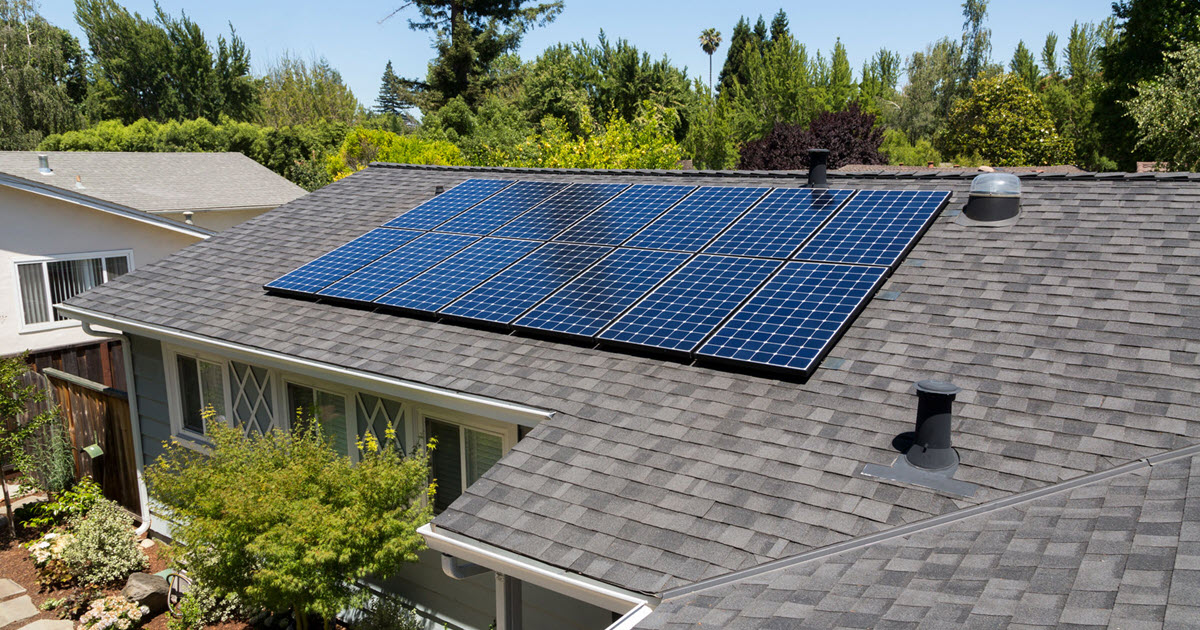Are you thinking about harnessing solar power for your home? Mounting solar panels on a roof can be a game-changer, but it’s not as simple as just laying them out like a picnic blanket. Different roof types present unique challenges and opportunities for solar installation. Understanding the basics can help you maximise your solar investment, whether your roof is flat, sloped, or somewhere in between.
Getting Started: Why Your Roof Matters
Before diving into the nuts and bolts of mounting solar panels on a roof, let’s address the elephant in the room: Why does your roof type matter? Simply put, your roof’s angle, material, and orientation affect how sunlight hits and interacts with your solar panels. This impacts energy production efficiency and the longevity of your system.
Flat Roofs: Embracing the Horizon
Ah, the flat roof—a minimalist’s dream and a solar installer’s canvas. Flat roofs are excellent candidates for solar panels because they provide ample space and a straightforward installation surface. However, achieving optimal sun exposure without natural tilt requires adjustable mounting systems or tilting frames. These setups ensure your panels soak up maximum sunlight year-round.
Pitched Roofs: Riding the Slopes
Pitched roofs, with their charming slopes, pose challenges and advantages for solar installations. The angle of tilt (roof pitch) directly influences solar panel performance. South-facing slopes in the northern hemisphere and vice versa in the southern hemisphere are ideal for maximising sunlight exposure. Mounting solar panels on a roof with a pitch often involves securing panels to withstand wind and weather while optimising sun exposure.
Tile Roofs: Cracking the Code
Tile roofs add character to homes but can complicate solar panel installation. The delicate nature of tiles requires careful handling to avoid damage during installation. Proper mounting systems for tile roofs distribute weight evenly and minimise penetration to maintain roof integrity. Working with experienced installers ensures a seamless integration that preserves aesthetics and functionality.
Metal Roofs: Shining Bright
Metal roofs are a solar panel’s best friend. Their durability, smooth surface, and ease of installation make them ideal candidates for solar arrays. Mounting solar panels on a metal roof typically involves clamping or bracketing systems that secure panels without compromising the roof’s protective qualities. With proper grounding and installation, metal roofs provide a long-lasting platform for efficient solar energy production.
Conclusion
Embarking on the journey of mounting solar panels on a roof is not just about reducing your carbon footprint or cutting energy bills—it’s about securing a sustainable future for future generations. By understanding the nuances of your roof type and harnessing the power of solar technology, you’re investing in your home and contributing to a cleaner, greener planet. Each roof type presents its challenges and opportunities, and with the right knowledge and expertise, you can navigate these waters confidently. As you contemplate harnessing the sun’s energy, partnering with experienced solar professionals is crucial. From initial assessment to final installation, their expertise ensures that your solar system is optimised for efficiency and durability. They can recommend the best mounting solutions tailored to your roof type, providing seamless integration and maximum energy output. With their guidance, you can embark on your solar journey with peace of mind, knowing that every aspect of your installation is handled with care and precision. Beyond immediate energy savings, mounting solar panels on a roof unlock long-term financial benefits and environmental rewards. Solar technology continues to advance, making it more accessible and efficient than ever before. By investing in solar, you not only protect yourself from rising energy costs but also contribute to a sustainable future where clean energy is the norm. Embrace the sun’s power and take the first step towards a brighter, more sustainable tomorrow for yourself and future generations.


